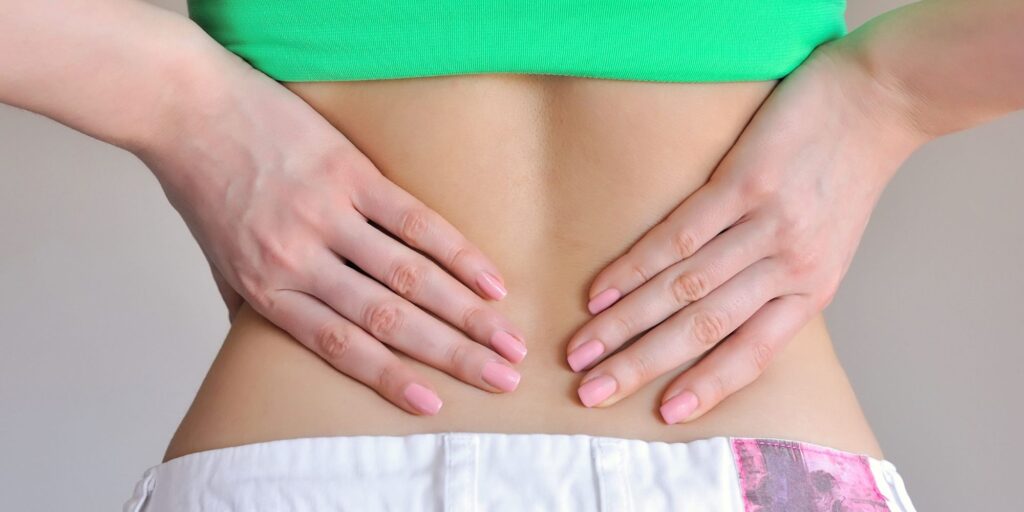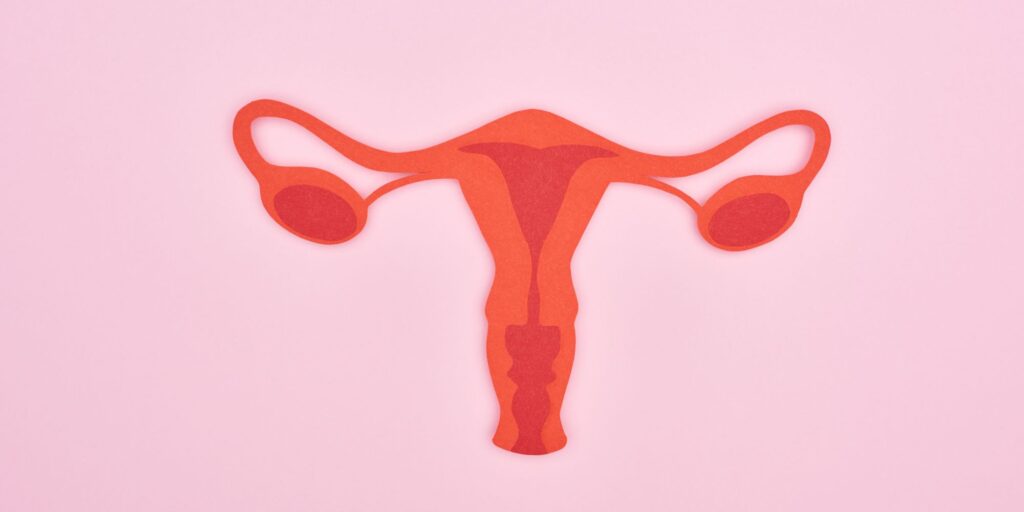Regular sauna affects so many aspects of human physiology, including the chemical messengers that travel throughout the body called hormones. There are over 50 different types of hormones in the body, mostly produced within the endocrine (glandular) system, so it is necessary to narrow down which hormones are most positively, or negatively, affected by regular sauna use. (1)
Hormones have wide reaching effects on the body’s functions, but in very general terms, hormones play a role in the following areas:
- Sleep/Wake Cycle – Circadian Rhythm
- Sexual Function – Reproductive Cycles
- Mood
- Stress/Relaxation
- Metabolism
Interestingly, many of the health benefits derived from regular sauna use overlap with those of healthy hormone function. The reason for this is that saunas, when used habitually, can help regulate healthy hormone secretion and function. Maintaining homeostasis of the body is largely dependent upon the healthy function of hormones.
Hormones can be considered as chemical messengers that move throughout the body to let different systems, organs, and tissues know what to do to keep you at your optimal health. When there is an imbalance of hormones, the body will begin to dysregulate. (1)
Interestingly, studies have shown that as sauna use increases, so does hormonal health. Meaning, the longer that you incorporate regular sauna use (at least 3 times per week for 20 minutes per session), into your life, the better your hormonal health will be. (2)
This means that if you are using saunas to improve overall hormone health, then you will want to view sauna use as you would your nutritional intake, or exercise habits. For example, just because you exercise on one day, that does not mean you will not have to continue to exercise regularly for the rest of your life. Using a sauna to improve your health, especially hormonally, means that sauna use needs to be incorporated into your lifestyle.
Regular Sauna Use, Hormone Health, and Temperature Regulation are Intricately Linked
Saunas are effective in creating a healthy biosphere within the body largely because of the effects of heat stress and the natural thermoregulation that ensues from intentionally heating the body. Body temperature is also closely linked to sleep wake cycles, thyroid gland function, menstrual cycles on both the micro (monthly) and macro level (menopause). There is clearly an inextricable link between body temperature and the endocrine system.

Anyone who has dealt with thyroid related health issues is also, likely, keenly aware of the link between temperature regulation and the thyroid gland (one of several hormone production centers). How the body handles hot or cold external temperatures is wedded to the endocrine system. Through the process of hormesis, or healthy stress, it is possible to stimulate the endocrine system, or essentially train this system, to produce hormones at a rate that will best serve your body’s needs.
This is why regular sauna use may improve insulin sensitivity, as well as positively impact hormone production in the pituitary and pineal glands to help regulate your sleep wake cycle. Though the two aforementioned processes may seem like world’s apart, they are, in fact, operating within the same system.
The endocrine system, comprising of the following glands, may all positively be affected by intentional temperature stress when used for specific periods of time over a long stretch of an individual’s life cycle:
- Hypothalamus
- Pituitary gland
- Pineal gland
- Thyroid
- Parathyroid glands
- Adrenal glands
- Pancreas
- Ovaries
- Testes (1)
This article will specifically focus on how saunas may positively impact the adrenal glands to help soothe the nervous system by regulating cortisol secretion, the secretion of norepinephrine in response to intentional thermal therapy, and how regular infrared sauna use may regulate the activity of the pineal and pituitary glands to maintain natural circadian rhythm to improve sleep/wake cycles.
There is less known about sexual hormonal health and regular sauna use, although there is some research that highlights the effects of regular sauna bathing on human growth hormone. Further research is needed to understand how sauna use may affect fertility, while entirely separate articles are dedicated to how saunas may improve insulin sensitivity, as well as how regular sauna use impacts the sexual glands and, therefore, hormones.
How Saunas Impact the Adrenal Glands: Cortisol Secretion
While the original catalyst that effects change throughout the endocrine system within the body is hormesis, or positive stress, and ultimately this serves to render the body more relaxed than it was prior to entering the sauna in spite of the initial “stress” to the system.
Studies suggest that during the initial stages of a sauna session, cortisol is released from the adrenal glands, however, directly after the sauna session has terminated, cortisol levels are much lower then when participants in the study entered the sauna. (3)

Given the volume of individuals who report ‘burnout’, or adrenal fatigue, many will be glad to know that with regular sauna use it is possible to help regulate cortisol levels. This means that there may be a possibility to heal from adrenal fatigue through regular sauna therapy: By purposefully activating the adrenal glands during the initial stages of the sauna session, an individual can rest assured that overall cortisol levels will be lower after the sauna session is taken.
It would be advisable for anyone dealing with this specific issue to ensure that after a sauna session is taken, that they limit any activity that may activate the adrenal glands to secrete more cortisol. For these individuals, sauna sessions would likely be more effective if taken in the evening before bedtime when contact with stressful people, or situations, could be limited.
Circadian Rhythm and Infrared Sauna Bathing: Pineal, Pituitary, and Thyroid Glands
The pituitary and pineal gland are often considered to be the king and queen of the endocrine system, and in less monarchical terms, at least close cousins of each other as they both reside within the brain and are responsible for a plethora of hormonal activity that affect mood, sleep, love-bonding, and much more. Furthermore, both are positively affected by infrared light, as well as the visible color light spectrum. So, for anyone looking to improve the overall health of this portion of the glandular system, and therefore hormonal regulation, it may be wise to consider an infrared sauna over a traditional sauna.
In tandem with the visual photoreceptors of the eyes, the pineal gland has a powerful impact on whether we sleep well and wake up feeling refreshed. From a peer reviewed journal from the National Library of Medicine:
“Together, the data suggest that retinal photoreceptor cells respond to environmental cues and are capable of entraining the circadian rhythms of visual sensitivity; however, they are insufficient for maintaining the rhythms. Cellular signals from the pineal photoreceptor cells may be required for maintaining the circadian rhythms of visual sensitivity.” (3)

The research further suggests that exposure in our environment to near infrared light, either from the sun itself or in the context of its artificial recreation as found in the sauna, circadian rhythms may be recalibrated. The same article continues to accent the importance of the pineal glands affect on how well we sleep:
“…the pineal gland functions as the central pacemaker that regulates the circadian rhythms of animal behavior and physiology.” (3)
By actively exposing the eyes, and therefore pineal gland, to infrared light, the body is able to secrete the appropriate hormones to help activate a restful night’s sleep.
Meanwhile, the close cousin of the pineal gland, the pituitary gland, appears to also be positively affected by exposure to infrared light. The pituitary gland directly impacts activity in the thyroid gland, so if the environment is well adapted to foster the health of the pituitary gland, the thyroid glands will also benefit directly.
Another study from the National Library of Medicine has shown that the tissues of the pituitary gland respond in very positive ways to the exposure of infrared light, the article writes the following:
“The pituitary gland is a small but vital organ in the human body. It is located at the base of the brain and is often described as the master gland due to its multiple functions. The pituitary gland secretes and stores hormones, such as the thyroid-stimulating hormone (TSH), adrenocorticotropic hormone (ACTH), growth hormone (hGH), prolactin, gonadotropins, and luteinizing hormones, as well as the antidiuretic hormone (ADH). ” (4)
While exposure to infrared light is not the only way to ensure a healthy environment for the king and queen of the glandular system, studies suggest that it is certainly a clinically significant factor.
Norepinephrine as a Hormone & Temperature Therapy
Norepinephrine is most interesting as it is both a hormone as well as a neurotransmitter, and is produced primarily in the adrenal glands, but also in some regions of the brain. Under correct conditions of cold exposure, it is possible to multiply norepinephrine production by 530%. Below are the results of a study performed on a group of healthy young men:

“A study in healthy young men investigated the effects of hormone release after hour-long immersion sessions in water temperatures of approximately 90°F (32°C), 68°F (20°C), and 57°F (14°C), with one week separating each exposure. Whereas water immersion at warmer temperatures (90°F [32°C)]) and (68°F [20°C]) did not activate norepinephrine release, immersion at a colder temperature (57°F [14°C]) increased norepinephrine by 530 percent, dopamine by 250 percent, and energy expenditure by 350 percent, compared to pre-immersion levels.” (4)
In contrast to the findings in this study, another group of researchers published a journal in the National Library of Medicine, and stated that in fact sauna bathing if practiced regularly over a period of several months and, or more does in fact help in the secretion of norepinephrine:
“Norepinephrine increases in those accustomed to sauna baths.” (5)
This study goes on to elaborate on the importance of incorporating sauna bathing into a lifestyle routine in order to see the true benefits derived from regular sauna bathing.
Why is norepinephrine as a hormone so important to mention, even if it may not be affected by the first sauna session? Norepinephrine is linked to mitochondrial biogenesis (the creation of more mitochondria), as well as other key biochemical changes in the body. Dr Rhonda Patrick elaborates on the key changes effected by improved norepinephrine secretion:
“Norepinephrine release can also activate peroxisome proliferator-activated receptor gamma coactivator 1-alpha, or PGC-1 alpha, a key regulator of genes involved in energy metabolism.PGC-1 alpha participates in glucose and fatty acid metabolism, muscle fiber remodeling, mitochondrial biogenesis (the production of new mitochondria), and thermoregulatory function.” (6)
Ideally, an individual will want to have regular and easy access to both a sauna as well as a cold plunge to fully improve norepinephrine secretion.
Sauna Use, Menstruation, Fertility, & Testerone
At this time there is not enough available research to suggest that sauna bathing absolutely positively or negatively impacts the procreative hormones. In terms of fertility, there are clearly positive correlations between relaxed parents living a low stress lifestyle, and the ability to get pregnant, however, at this time there is no definitive data to support the theory that sauna bathing will enhance fertility.
One article writes the following about menstruation:
“Sauna-naïve women may experience mild disturbances in the menstrual cycle but no effects on fertility have been reported. The hormone responses are short-lived, normalizing soon after sauna exposure during the recovery. Adaptation to regular sauna use plays an important role in the responses.” (5)
As a menstruating female, you can likely expect that your menstrual cycle will be minimally impacted from regular use of a sauna. To find out how best to sauna around your menstrual flow insert link here.

Yet another peer reviewed medical journal writes the following about fertility and sauna bathing:
“No differences in relevant reproductive hormone levels occurred after sauna exposure (FSH, LH, testosterone, estradiol, inhibin B, sex hormone-binding globulin), which seems to be the finding in several sauna studies.” (7)
To find out more about how sauna use may affect the sexual hormones in men be sure to read: *** A separate article will be dedicated to how sauna use affects testosterone levels, as well as human growth hormones, and more specific to male hormones, including sperm count, and other male specific issues.
The More the Merrier: Sauna Regularly to Truly Improve Hormonal Balance and Function
In general, the research suggests that in order to affect a truly positive and clinically significant change in the hormone health, saunas should be taken frequently (at least 3 times per week for 20 minutes), over the course of many months, and even years. If you are looking to incorporate sauna use into your treatment to positively alter your endocrine system and therefore hormone production, then you will need to be prepared for this to be a lifestyle change.
Depending on whether you are looking to improve adrenal function, or affect the pineal or pituitary gland, you will want to consider the type of sauna you are choosing. If you have your heart set on a traditional sauna, then you can also always be sure to get at least 30 minutes of infrared light exposure naturally in the morning and/or evening.
Either way, there is extensive and thorough research to suggest that yes, overall, sauna use may very well positively impact hormone health as well as the entire endocrine system at large.
Just remember if you sauna, make sure you keep up with your routine over the course of several months and even years!
Sources Cited:
- https://my.clevelandclinic.org/health/articles/22464-hormones
- https://www.sciencedirect.com/science/article/abs/pii/S2451965019301048
- https://www.ncbi.nlm.nih.gov/pmc/articles/PMC3398033/
- https://pubmed.ncbi.nlm.nih.gov/25574521/
- https://pubmed.ncbi.nlm.nih.gov/3218898/
- https://www.foundmyfitness.com/topics/cold-exposure-therapy#bibid-69c737a012cfcdd04fa738feccd33a08 >Human Physiological Responses To Immersion Into Water Of Different Temperatures Graefe’s Archive For Clinical And Experimental Ophthalmology 81, 5.
- https://pubmed.ncbi.nlm.nih.gov/3788622/
- https://pubmed.ncbi.nlm.nih.gov/33845653/


